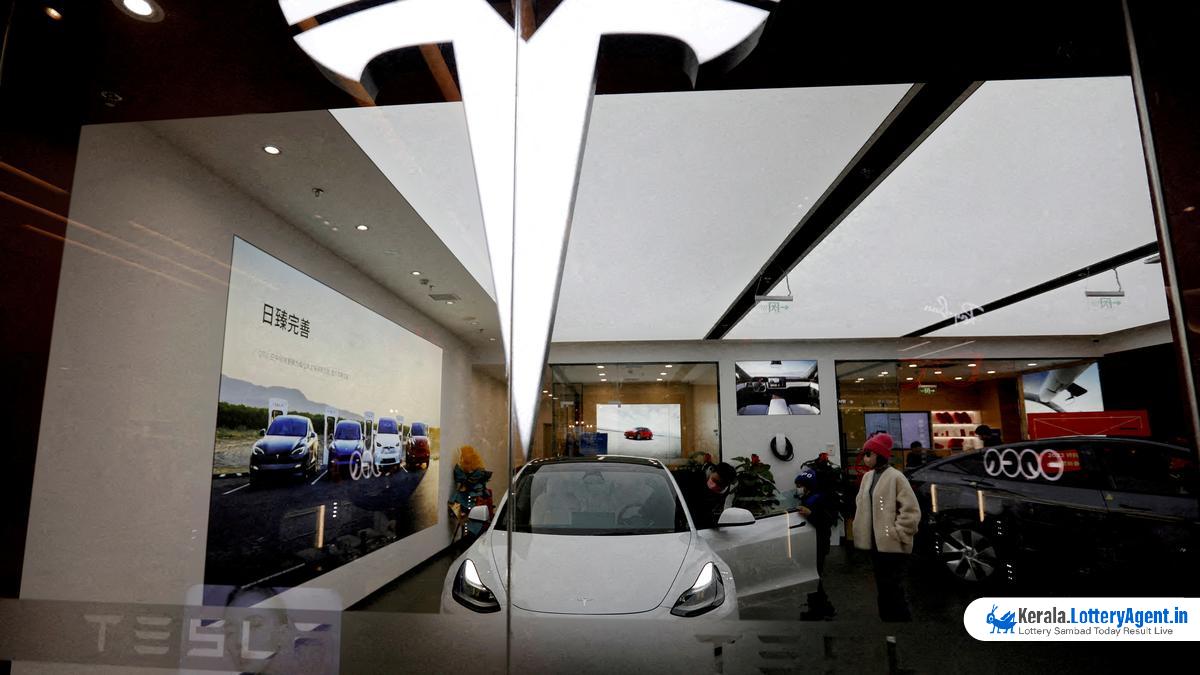
The American electric vehicle giant Tesla has encountered a significant drop in sales of its China-made electric vehicles in April, with figures showing a downward shift of 18% compared to the same period last year. This was revealed by the China Passenger Car Association (CPCA) on May 7. In specific terms, Tesla delivered 62,167 vehicles manufactured in its Chinese facilities, with its popular Model 3 and Model Y experiencing a 30.2% decline in deliveries from March.
Despite Tesla’s global prominence, the company does not divulge the distribution of its exports by specific markets, such as Europe, which remain major consumers of their China-manufactured units. This downturn in sales serves as a precursor to the fuller spectrum of April data slated for release later in the week.
The slide is somewhat jarring against the backdrop of the otherwise burgeoning EV market in China, which, despite the slowest growth within a year during the first quarter, continues to rise amid softened demand and an intensely competitive pricing landscape. According to CPCA estimates, sales of new-energy vehicles—which include pure battery electric vehicles as well as plug-in hybrids in China—swelled to around 800,000 units in April alone. This uptick represents a 33% increase year-over-year but reflects a soft drop of 2% from the previous month.
Standing in contrast to Tesla’s performance in China is domestic juggernaut BYD, which has been swiftly gaining terrain with its Dynasty and Ocean series of EVs and plug-in hybrids. BYD’s sales soared to 312,048 passenger vehicles in the month of April, marking a striking 48.97% rise from last year and a 3.5% increase from sales in March.
This news about Tesla’s sales comes on the heels of an already challenging first quarter for the company, as it saw its vehicle deliveries drop for the first time in nearly four years. Kicking off the second quarter on a somber note, the company announced that it would be cutting over 10% of its global workforce, coupled with significant cuts to vehicle prices across principal markets, including the United States, China, and Europe.
Furthermore, Tesla’s deliveries in China for the month of February flagged by 19% compared to the prior year. While there was a marginal uptick of 0.2% in March, the overall decline in sales can partly be attributed to the timing shift of the Chinese Lunar New Year, which occurred in February this year as opposed to its usual date in January.
The EV market in China has been renowned for its rapid expansion, with government incentives and policy support fueling growth. However, the market is not impervious to fluctuations, as seen with the February dip, where the entire EV sector observed a 25% decline in sales.
Tesla’s April slump in China underscores the volatility and intense competition within the electric vehicle market. It remains to be seen how the company will adjust its strategies in what is now the largest market for electric vehicles globally. As the full sales data for April becomes available, industry watchers and investors alike will keenly observe Tesla’s moves to regain its momentum and remain a formidable player in the charge towards an all-electric automotive future.













